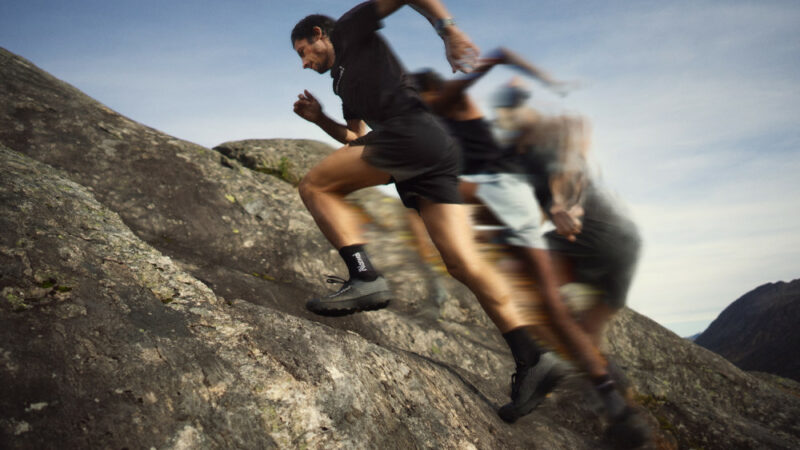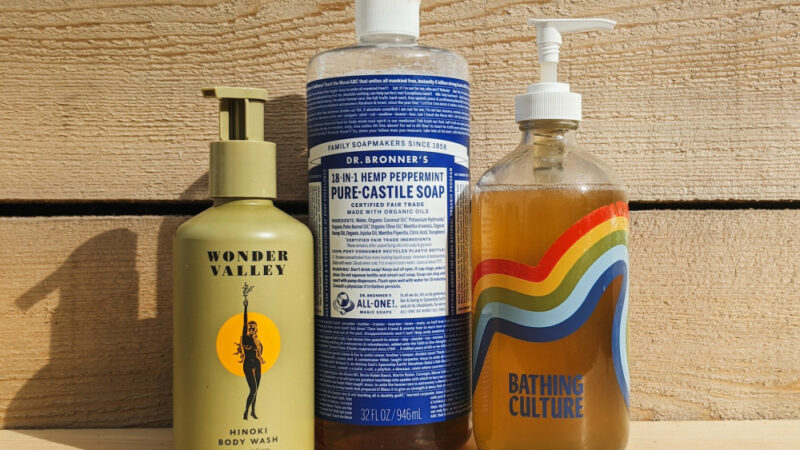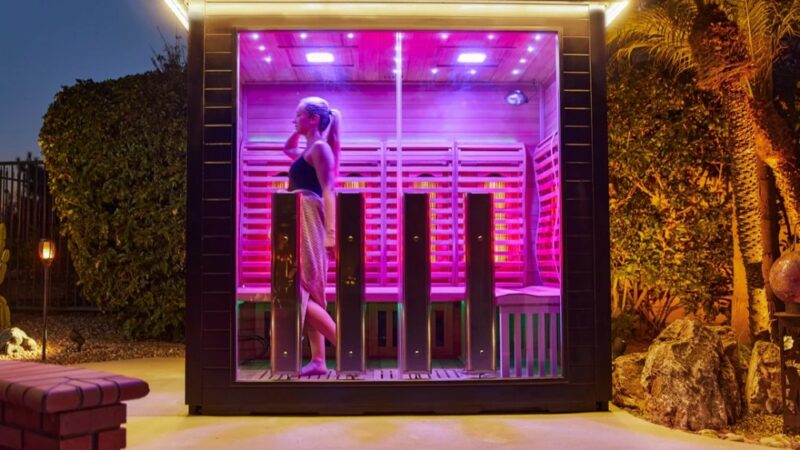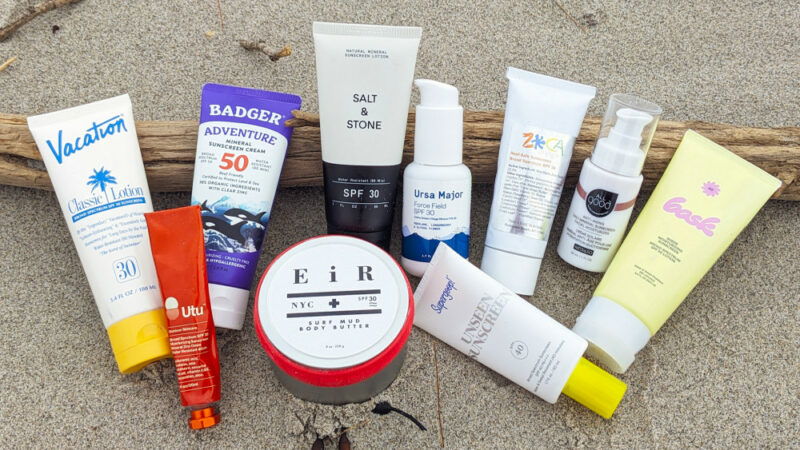Where to Rock Climb in the Boston Area, a Local’s Guide

Quincy Quarries
If Rumney is the best climbing within a 200-mile radius, Quincy is the most unique. Does it technically suck? Well, yeah. Thanks to years of taggers practicing on the old quarry, the first 20 feet require you to climb through multiple layers of spray paint slicked onto the granite. But if you can top-rope your way past the paint, it’ll help you get confident enough to pull on actual rock in the worst of conditions—and in damp New England, there are a lot of bad conditions. And just a few miles out of the city and reachable by bus, it’s a great place to take friends for a half-day to see if they actually like climbing outside or want to stick to gym plastic.
On the largest face in the quarry, Pins and The Power of Positive Thinking are the top-rope king lines, but plenty of short 5.5s dot the area. Scramble up the backside to set up TRs for most routes—it’s not really worth trying the few sport options considering the potential for ground fall from the first few bolts, where the paint makes the holds unreliable. Paint aside, it’s a great place to hone your anchor and belay skills, or to do a spooky first walk-off rappel on the main wall. The first climbers at Quincy actually used it as a training ground before taking on headier stuff in New Hampshire and in the Gunks in New York. Just remember that gravity is still on.
Lynn Woods and Cape Ann
Boston’s North Shore harbors a surprising bit of granite bouldering, with most of it scattered around the Cape Ann peninsula that includes old fishing towns like Gloucester and Rockport. The beehive boulders at Dyke’s Pond are worth a trip up Route One all on their own. A number of quality low-grade challenges dot the woods around Final Judgement, a V6 on a prow that is both slappy and delicate. (If it’s summertime, cool off at Singing Beach just down the road.) A little closer to Boston is the Lynn Woods Reservations. It has over 1,000 problems alone, including The Buttermilker—a V7 with all the movement one could ever ask for in a line.
Whitney and Thayer Woods
There’s a lot more bouldering on Boston’s North Shore than the South—as you might expect when comparing the coastline, where the north starts to look like the rocky Maine coastline and the south tends to be more marshy. But there are some scattered gems down in the Whitney and Thayer Woods in Scituate. The Skyline Wall has some tall warm-ups; test your ability with heights on some increasingly high problems leading up to a no-joke V4. Or head to the Bigelow boulder for some lower problems, like a tough, one-move V4, a soft V6, and a lowball V7 that feels more like wrestling than climbing.
Pawtuckaway State Park
Thank the glaciers for delivering these top-notch boulders to the woods of southern New Hampshire an hour north of the city (on weekend days). Heady V0s like Cream will get your heart pumping even if your forearms don’t feel it yet. V2 fingerlocks? Reachy V3 traverses and knee bars? Pawtuckaway has it all—including one of the best V6s on the East Coast in Ride the Lightning. Follow the charming and obvious line and commit for the slopey mantle up top.
Western Massachusetts Climbing
There’s killer climbing in the Berkshires, but there’s also a general rule not to post too much information online to keep everything on an even keel with the tony locals. But that doesn’t apply to the newly established crag of Hanging Mountain—a 1,000-foot long range of cliffs of mixed rock with a great selection of routes under 5.10. As is the case with all new spots, look out for choss and keep that helmet on.
Source: https://www.fieldmag.com/articles/boston-rock-climbing-guide







